I am Abdulkader Safi
Senior Full Stack Web & Mobile Developer
I knew that I wanted to work in tech when I was 8, but back then, I didn't even have the tools to start. At 13, I finally got into it; I started learning about programming, building PCs, and exploring everything I could.
Since then, I've worked on all kinds of projects; website frontend, backend, full-stack apps, mobile apps, desktop software, even some small games using Unity, and IoT projects here and there.
Now, at 26, I'm a software engineer at DSRPT, working on multiple projects at the same time, sometimes as the only developer.
The next step? Becoming a project manager and leveling up even more.
My Last project </>
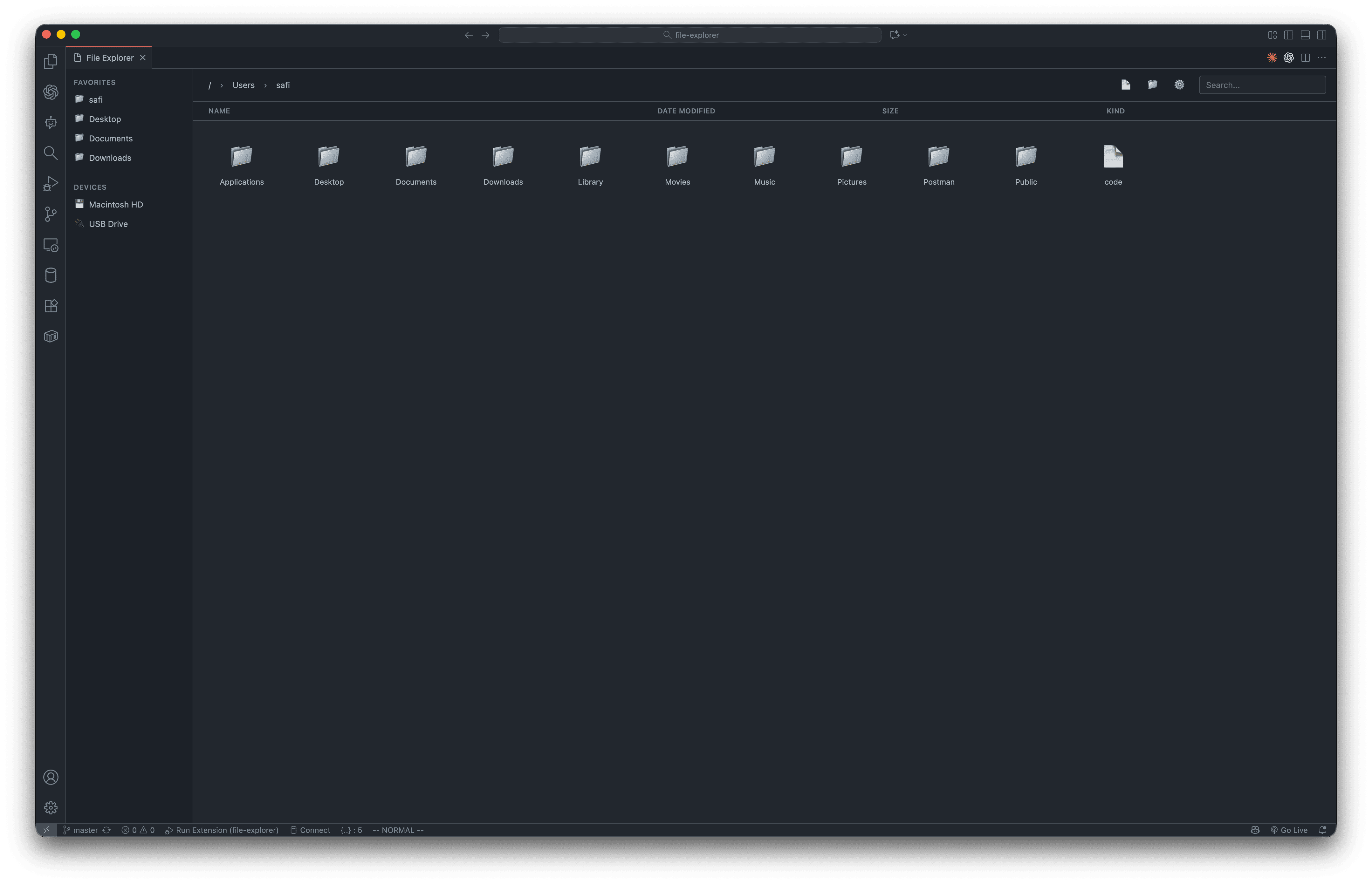
I Built a Better File Explorer for VSCode Because macOS Finder is Painful
As a developer who spends 8+ hours a day in Visual Studio Code, constantly switching between my code editor and Finder feels like productivity torture. The context switching, the slow previews, the clunky interface - it all adds up to wasted time and broken concentration.
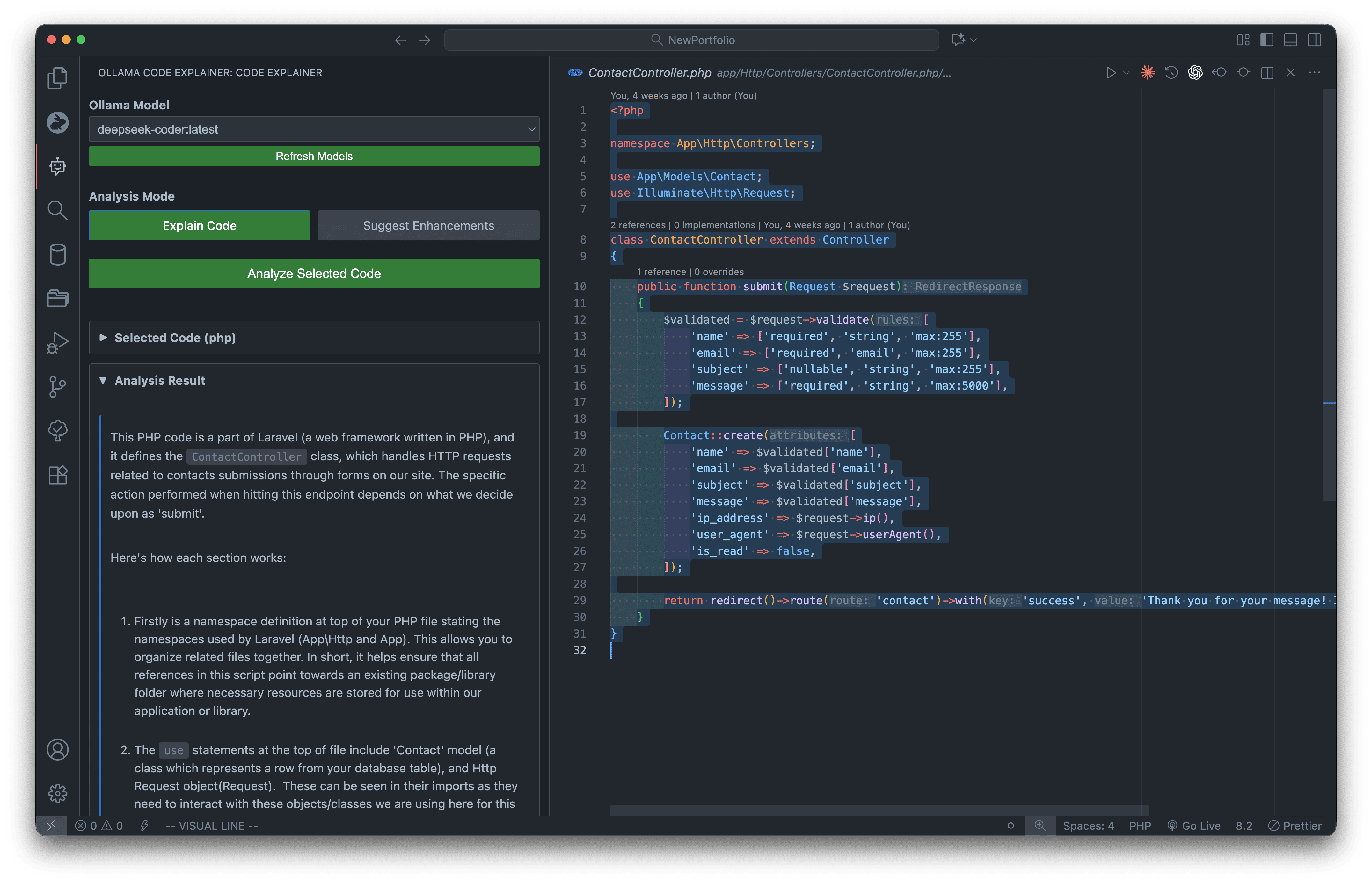
ClarifAI: Free AI-Powered Code Analysis for Visual Studio Code
ClarifAI is a VS Code extension that brings the power of AI code analysis directly into your IDE. Unlike cloud-based AI coding assistants that send your code to external servers, ClarifAI runs completely locally using Ollama, ensuring your proprietary code never leaves your computer.
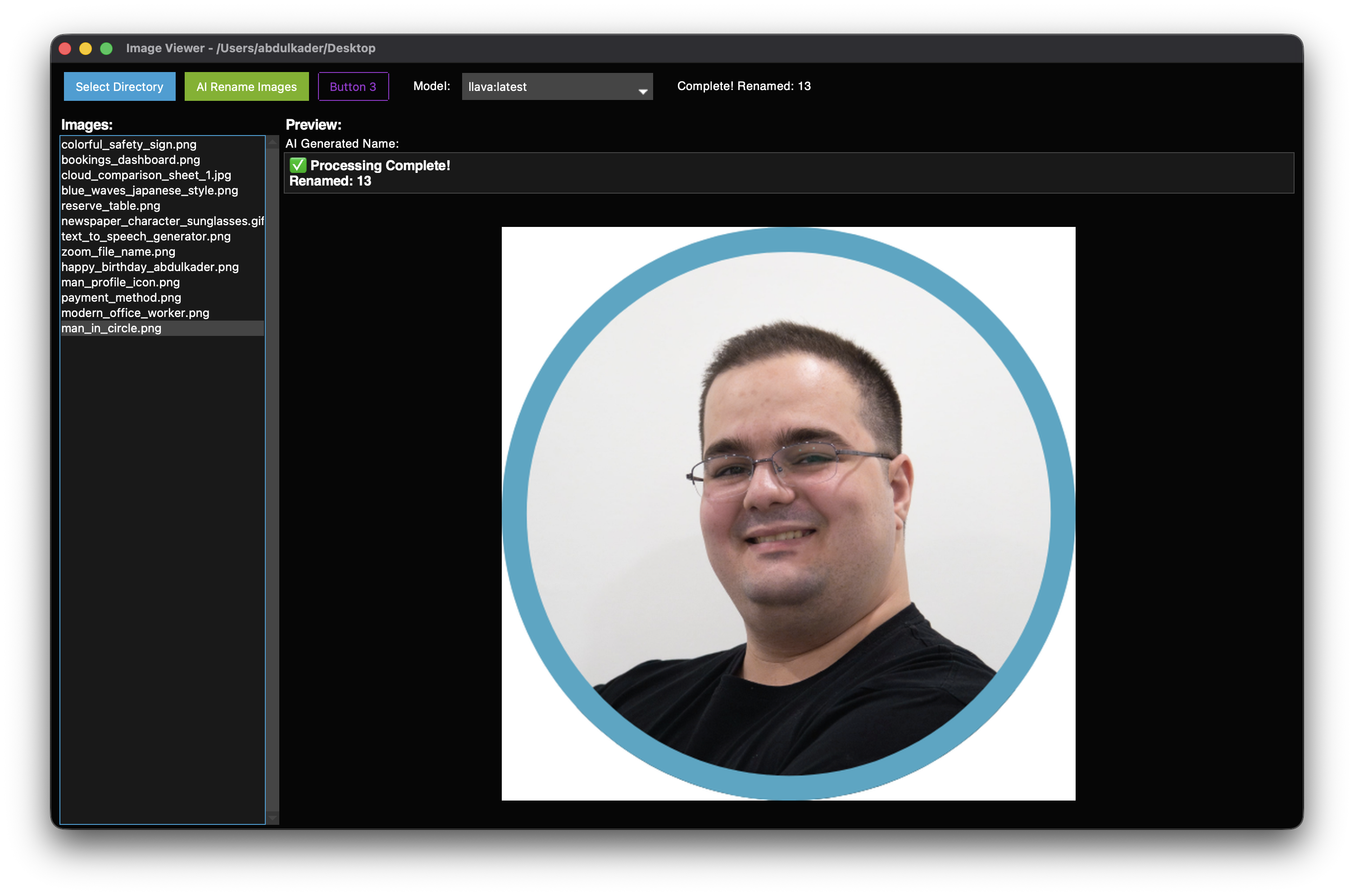
Rename Images with AI
Tired of messy photo names like IMG_1234? - I built a small program that renames all the pictures in any folder on my computer.
My Last Blog
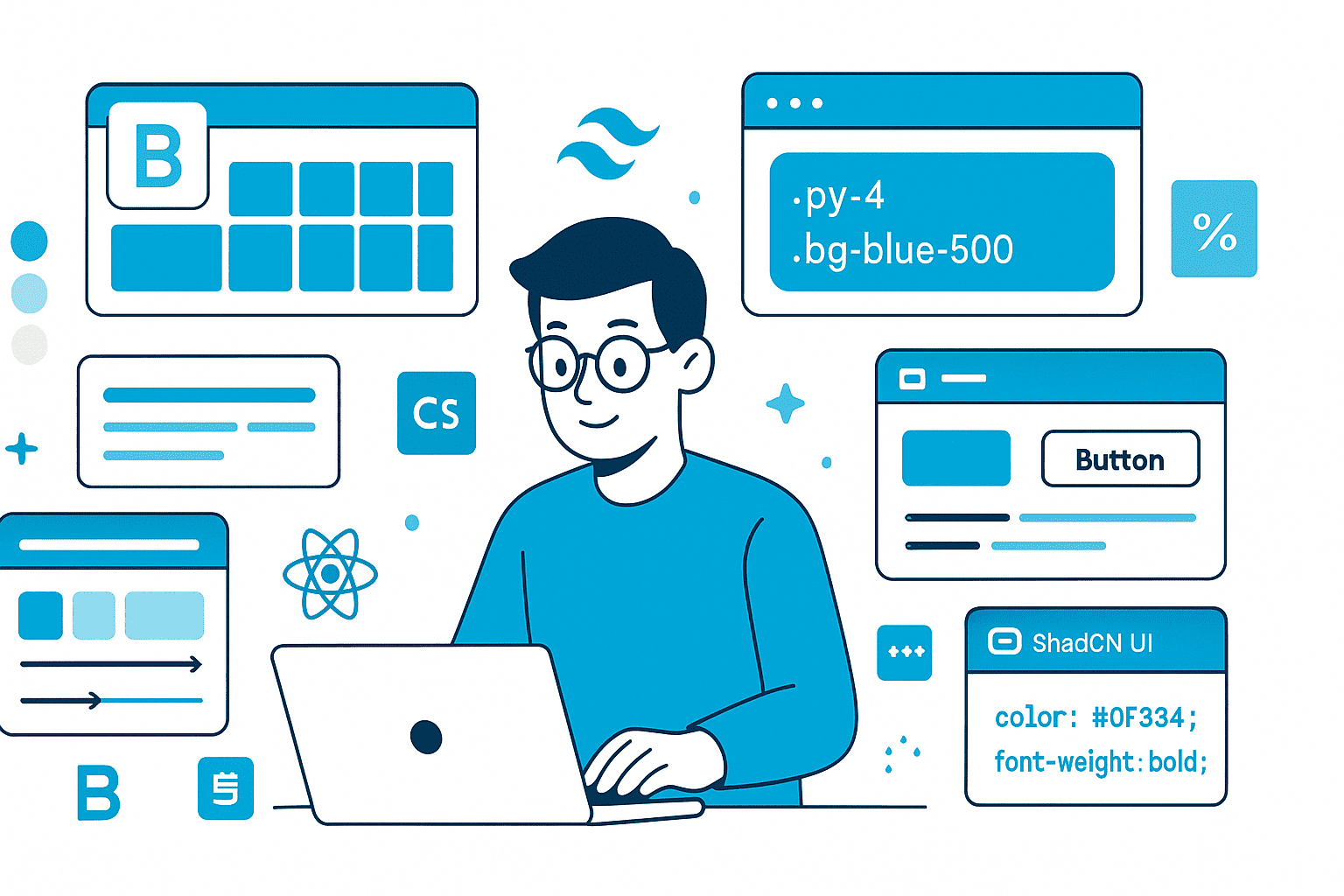
Modern Web Styling Best Practices: Bootstrap vs Tailwind CSS vs Material UI vs Shadcn UI in 2025
Choosing the right styling approach for your web project can feel overwhelming. Should you use Bootstrap for its ready-made components? Tailwind CSS for utility-first flexibility? Material UI for a complete design system? Or shadcn/ui for component ownership? Each approach has distinct advantages, and understanding when to use each one is critical for building maintainable, performant web applications.
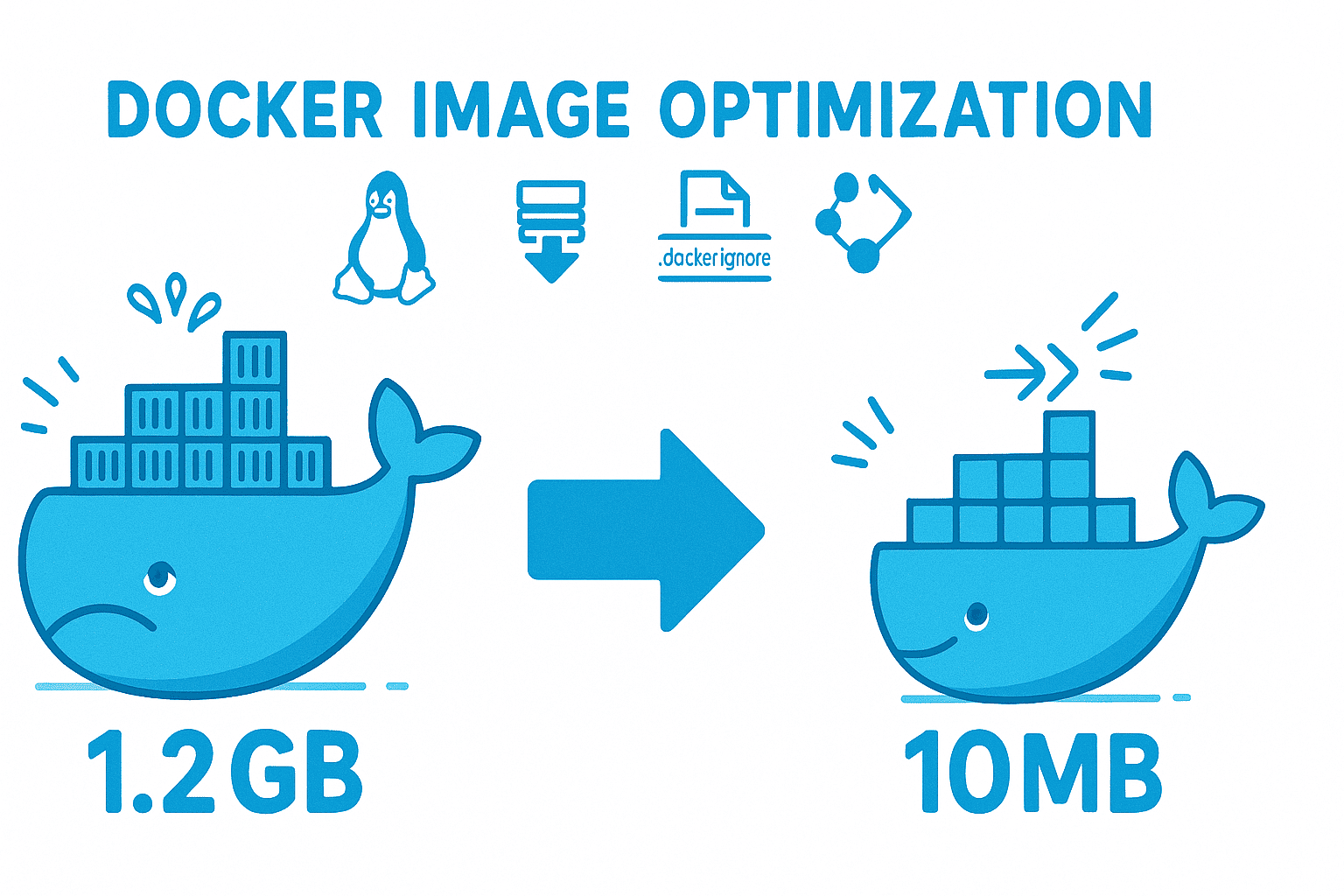
How to Reduce Docker Image Size from 1.2GB to 10MB: A Complete Optimization Guide
Docker image optimization is no longer optional, it's a critical skill for modern DevOps engineers and developers. In this comprehensive guide, I'll walk you through the exact steps I use to reduce Docker images from 1.2GB to just 10MB, achieving a 99% size reduction without sacrificing functionality.
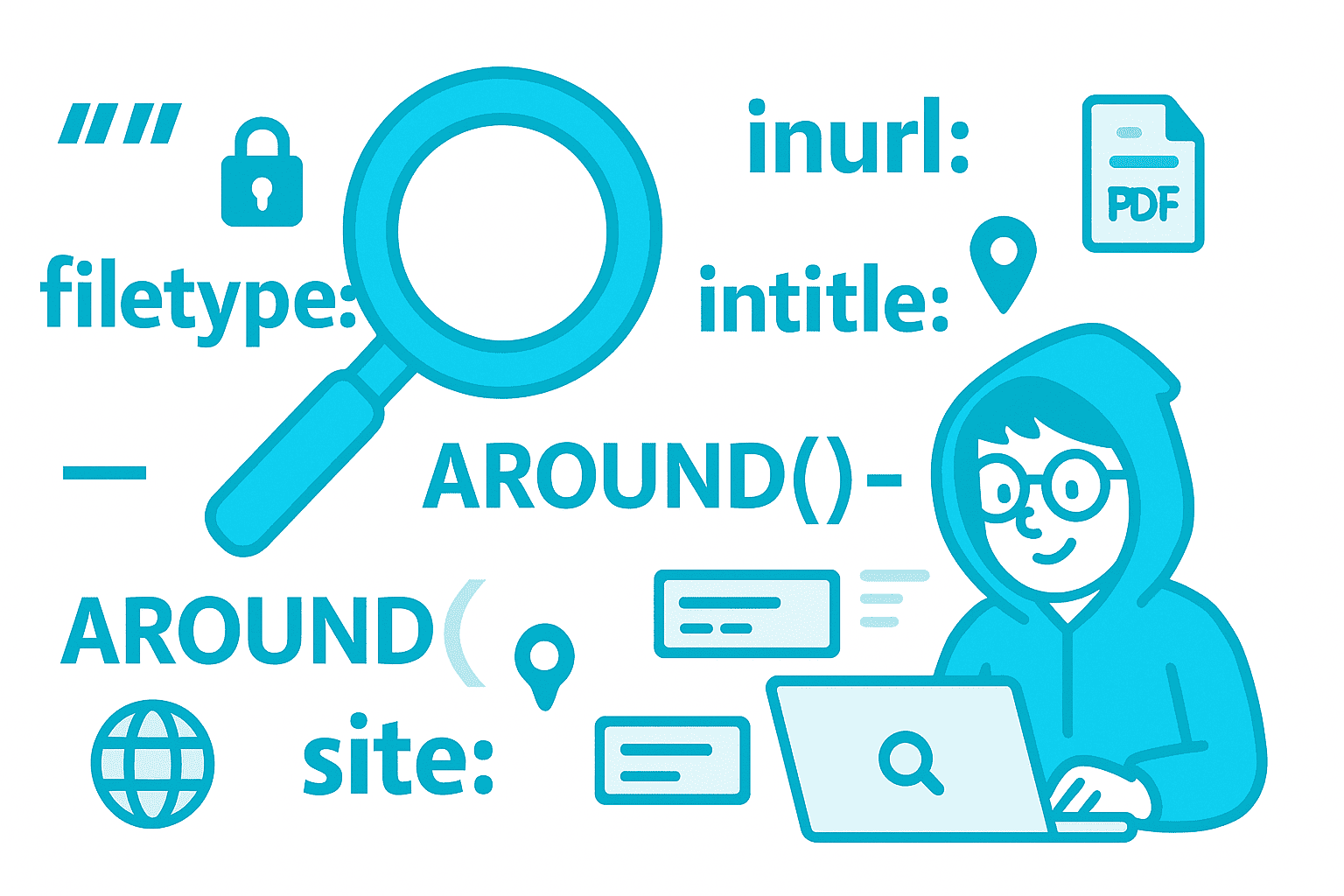
The Ultimate Guide to Google Search Operators: Master Advanced Search Techniques in 2025
Google search operators are powerful, yet underutilized tools that transform how you gather information online. Whether you're a cybersecurity professional, researcher, or simply someone who wants to search more effectively, mastering these operators is essential. This comprehensive guide will teach you how to think like a white hat hacker and use Google's most powerful search capabilities.